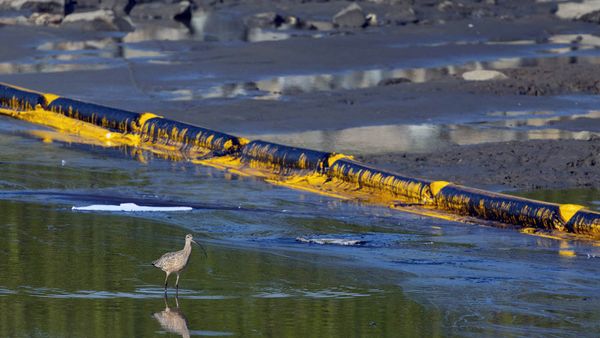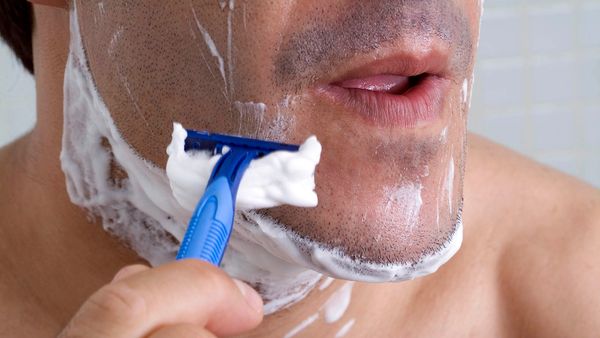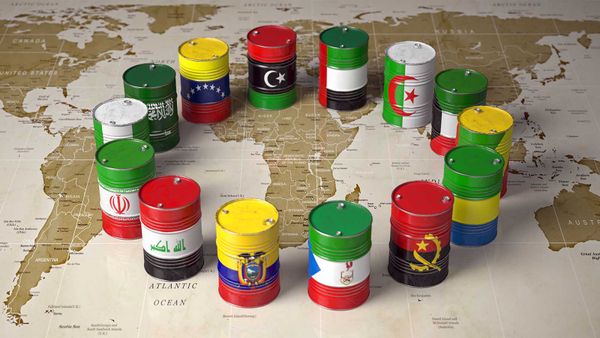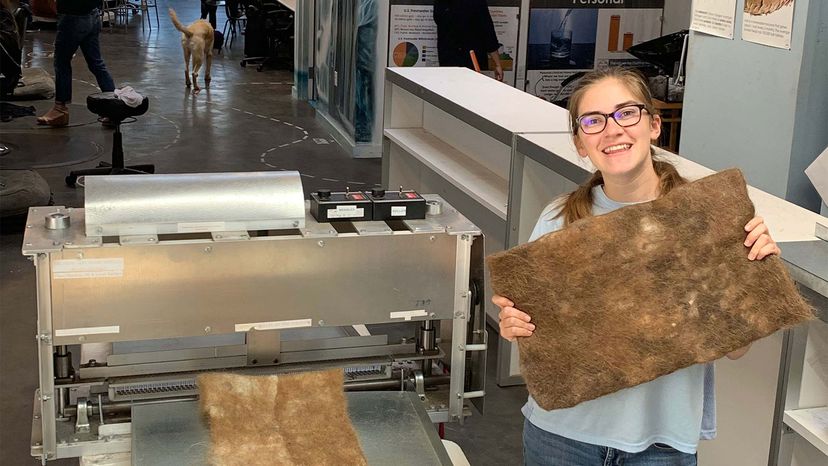
When you get a haircut, those piles of hair that are left behind on the floor don't have to go into the trash. Instead, surprisingly, that hair can be used to help stop oil spills and leakage from contaminating the environment.
Matter of Trust, a San Francisco-based nonprofit environmental organization, collects hair trimmings from individuals and salons, along with fur, wool and fleece from animal groomers and farmers. All of that hair is used to manufacture felted mats that soak up petrochemicals in wells, filtration systems, rivers and even oceans.
Advertisement
According to the organization's website, it supplies trimmings to various felt mat-makers in the U.S. and elsewhere, who actually manufacture the mats.
Hair, surprisingly, turns to be a potent weapon against oil spills, because of its remarkable ability to absorb five times its weight in oil. Additionally, hair mats placed in water work fast, soaking up oil at a more rapid rate than the polypropylene booms that are most often used to clean up spills. There's one caveat: If they're used in the water, they have to be removed fairly quickly, because there's no plastic in them to keep the mat buoyant, and they can be weighed down by rocks, seaweed and other stuff.
Hair mats also can be used inside storm drain inlet guards, to prevent oil runoff on land from getting into the water.
Matter of Trust President Lisa Craig Gautier, who co-founded the organization in 1998 with her husband Patrice, an Apple executive, explained in an interview that there's a huge amount of hair out there that potentially could be utilized in environmental cleanup. The U.S. alone has about 900,000 licensed hair salons, she notes.
"During COVID, a lot of people weren't going to salons, and they just started to send us hair that was over 4 inches [10 centimeters] in length," she says. "They would just cut it off themselves and send it to us."
Throw in all the excess fiber out there from bison herds and alpaca farms, and there's potentially plenty of raw material for mats. "It's a renewable resource," Gautier says.
That's important, because there are thousands of oil spills in U.S. waters each year, according to the National Oceanic and Atmospheric Administration (NOAA). While we usually only hear about the big catastrophic spills, there are plenty of small ones that occur — when a ship is refueling, for example — and they can still cause a lot of damage, especially if they happen in sensitive environments such as beaches, mangroves and wetlands, according to NOAA.
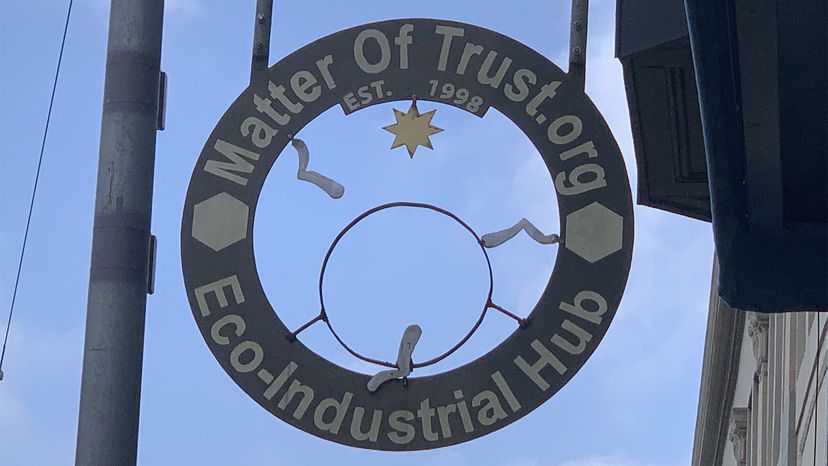
There's also plenty of oil spilled on land. "Fifty percent of the oil that contaminates our waterways comes from little spots on the street, which mix with the rainwater and get into our gutters," Gautier says. While that's worrisome, it's also an environmental hazard that people can do something about, because strategically placed mats can do a lot to prevent that oil runoff from ever getting into waterways.
If you're going to send hair to Matter of Trust, be sure that it's suitable for use. Make sure that what you're providing is pure hair, without any rubber bands, and free of dirt, pins, leaves or anything else that could damage the machines that sort the hair for use, Gautier says. And put it in an envelope or a box, instead of a plastic bag, she asks. Here's a webpage where you can get more information about donating hair. Start an account to make donations here.
"Education about sorting is really important, because really sorting out the contaminants and the debris of every recycling resource is the biggest thing," Gautier says.
Gautier says that the idea of using hair to fight oil spills came from Phil McCrory, an Alabama hairdresser who was inspired when he saw TV news coverage of the Exxon Valdez oil spill back in 1989. According to a 1998 CNN story on McCrory, he started by doing some experiments in his backyard, taking hair cuttings from his salon, stuffing them into his wife's pantyhose, and then throwing it into a wading pool in which he had poured some oil. Within a few minutes, the water was clean again, according to the article. He then took his invention to NASA, which performed sophisticated tests on the oil-sucking pantyhose, to ensure that it would work. It did.
Matter of Trust is involved in other environmental efforts as well.
Advertisement
